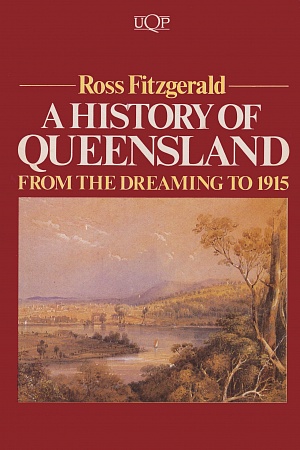Hidden in Plain View: The Aboriginal people of coastal Sydney
NewSouth, $34.99 pb, 208 pp, 9781742235110
Hidden in Plain View: The Aboriginal people of coastal Sydney by Paul Irish
Nothing has done more to add to the ingenuity of Australian history writing than the study of Indigenous experience. This book, which concentrates on people living in Sydney and its immediate hinterlands from 1788 to the 1930s, is a case in point.
The impact of such scholarship has been a long drawn-out process, often echoing trends in various areas overseas. In 2001, for instance, James Belich’s book Making Peoples: A history of the New Zealanders, the first part of a two-volume history, deliberately focused on New Zealanders rather than New Zealand, on peoples rather than territory, and on interactions rather than bodies of power. Human beings are all treated primarily as thinking agents. National boundaries, all boundaries in fact, are not just limits to authority but also lines to be crossed, maybe on long journeys. Movement matters more than stasis, and commerce and conversation more than hierarchy. The New Zealand experience lends itself fairly easily to this approach, because both Māori and Pākehā were long-distance immigrants and, as Belich shows, commercial peoples.
Continue reading for only $10 per month. Subscribe and gain full access to Australian Book Review. Already a subscriber? Sign in. If you need assistance, feel free to contact us.











Leave a comment
If you are an ABR subscriber, you will need to sign in to post a comment.
If you have forgotten your sign in details, or if you receive an error message when trying to submit your comment, please email your comment (and the name of the article to which it relates) to ABR Comments. We will review your comment and, subject to approval, we will post it under your name.
Please note that all comments must be approved by ABR and comply with our Terms & Conditions.